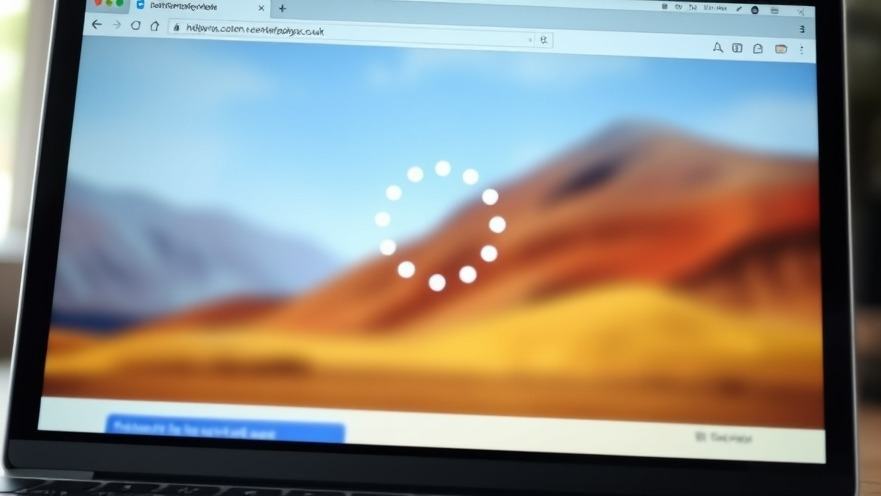
Why the Loading Spinner is Losing Its Charm
In the evolving world of web design, the humble loading spinner has seen its days of glory fade. Initially, it served as a reassuring sign, a small animation that conveyed progress and quieted user anxiety. However, times have changed, and users are no longer willing to overlook its shortcomings. As technophiles and busy professionals, we expect faster and more intuitive user experiences, and the loading spinner simply isn’t cutting it.
Franchisor Frustration: The Impact of Poor User Experience
For franchisors striving to maintain brand consistency and optimize operational efficiency, user experience is paramount. A poorly managed loading time can manifest beyond just an annoying UI element; it jeopardizes customer retention and brand reputation. Imagine a potential customer waiting at your franchise’s online ordering system, witness to a perpetual loading spinner—chances are they’ll abandon the cart and look elsewhere, costing the franchise both sales and trust.
Innovation Over Indifference: The Case for UX Evolution
Enter modern alternatives. As loading spinners spiral into obsolescence, more effective solutions like skeleton screens or progress bars provide clarity and reassurance. These features enhance user engagement by displaying a tangible progression, allowing customers to feel connected rather than left in limbo. Franchisors must focus on integrating these engaging elements to prevent customer churn and to enhance their multi-location strategy.
The Emotional Journey of Users: From Patience to Frustration
This isn’t just about an animation; it relates to the entire user experience and emotional journey. Users will often relate their emotional state while navigating your website to the efficiency of their experience. Waiting on a loading spinner incites anxiety—a stark contrast to the calm focus provided by strategies like engaging micro-animations that serve as an empathetic bridge between user intent and action.
Future Trends in UX: What Lies Ahead for Franchisors
As we peer into the future, one trend is clear: user experience design must evolve. UX designers should prioritize transparency and deliver feedback that is timely and contextually relevant. If franchisors invest in responsive design techniques today, they will undoubtedly see benefits moving forward, not just in user retention but also in broader brand loyalty across their franchisee networks.
Actionable Steps to Enhance User Experience
So, what can franchisors do? Here are a few actionable steps to enhance your user experience immediately:
Implement progress indicators that inform users when content is loading or processing.
Utilize skeleton screens to provide a glimpse of forthcoming content, reducing uncertainty.
Enhance website performance speed through optimization techniques.
Engage with users directly for feedback on their UX experience.
By making these changes, you’ll not only alleviate frustrations but also create a more enjoyable journey for users—ultimately transforming casual visitors into loyal customers.
Conclusion: A Call for Change
It’s time to say goodbye to the loading spinner as we know it. By staying ahead of UX trends and prioritizing meaningful user experiences, franchisors can ensure operational excellence across their locations. Don’t let a spinning wheel stand in the way of your brand’s success; adopt modern UX practices to foster engagement and drive growth.
 Add Row
Add Row  Add
Add 




Write A Comment